Just like any other computer numerical control (CNC) process, the importance of the laser cutting product design cannot be undermined. This design will determine if the product is feasible for production and how neat the laser cutting finish will be. This design is the blueprint used to make the machine code programs for the computer to make the products.
As you cannot alter the process midway once started, you must pay a lot of attention to details when making the laser cutting design. This article will help give useful tips on the laser cutting design guidelines you should consider when making your laser cutting product design. It will also point out the best materials and surface finishes for laser cutting products.
The Best Laser Cutting Design Software
The software used to make the design is just as important as the design itself. There are many software (both free and paid) that offer a lot of functionalities for both 2D and 3D laser cutting designs. When choosing software, it is advisable to choose one that can export SVG file formats as that is the format suitable for laser cutting. If your software doesn’t support this file format, you’ll need to use it combined with another vector (SVG) file-supporting software.
Below are our top 6 picks of laser cutting design software:
1. Adobe Illustrator
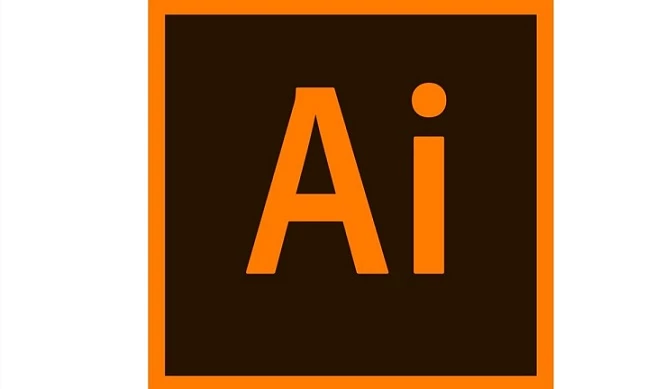
As far as vector designs go, Adobe Illustrator is one of the best laser cutting product design software you can find anywhere. Loved for its huge versatility and ability to export SVG file formats, this software presents you with everything you need to make a top-notch laser cutting product design.
One of its outstanding features is the Artboards setup, which allows you to merge all your designs on one screen to see how they can fit into the big picture. This is especially important when you’re designing assemblies. Although beginners will need quite a lot of practice with this, it is worth the time. To get access to this, you’ll need to have an Adobe subscription.
2. Inkscape
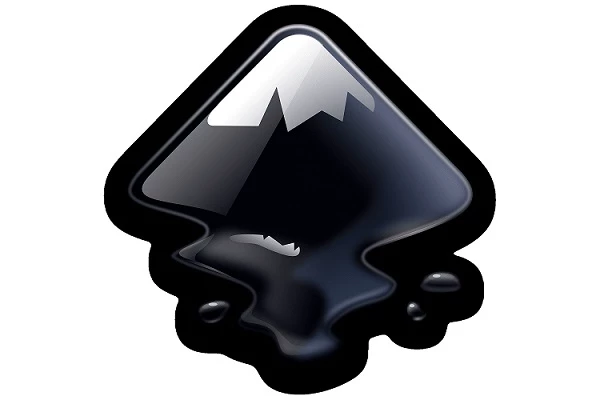
Known as the free alternative to Adobe Illustrator, Inkscape offers just as many features as the paid app. An even better advantage is that it just consumes 82 MB of storage, which means you don’t need to spend on new hardware to get the app. It is also compatible with all OS platforms, from Windows to Linux. Although some of its features are similar to those on Adobe Reader, they have different names, so Inkscape might need some getting used to.
3. AutoCAD
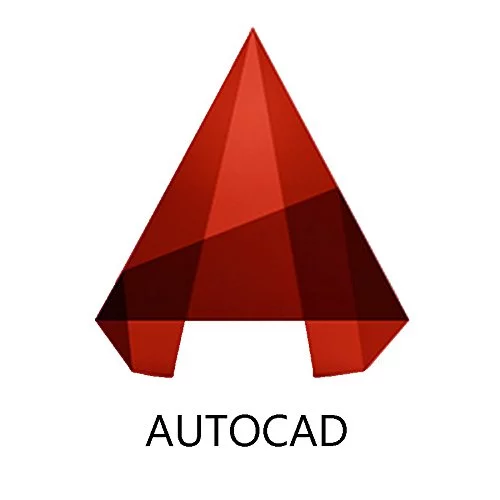
This software is one of the most popular laser cutting product design software for engineers and architects. Offering many tools for designs, AutoCAD has all the requirements to make your design look just as you want. If you’re a beginner, the app’s fifteen-day trial coupled with countless tutorials will help you learn design on the app in no time. It also offers both mobile and web apps, which means your work can be more mobile. However, it cannot export SVG files. This means you have to export a DXF file to either Illustrator or Inkscape to convert it to a vector file.
4. SolidWorks
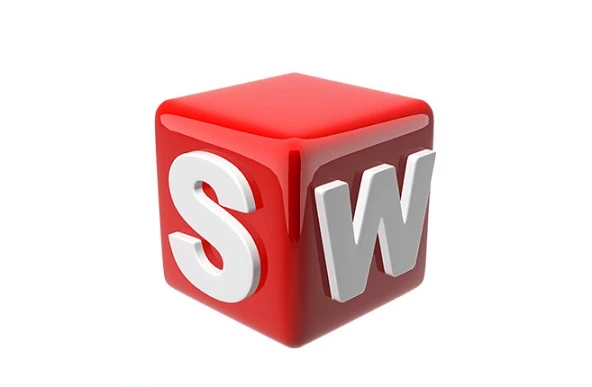
This is professional CAD software that provides a lot of tools for designing software. It functions using sketches to create models. This helps convert your 3D designs to 2D a very easy process. However, it can’t also export SVG files, and you’ll need to export your files in a format such as IA to either Illustrator or Inkscape.
5. SketchUp
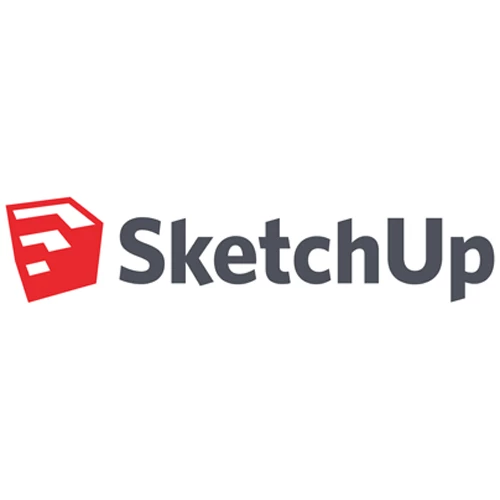
Compared to the others, SketchUp is easier to use and has quite several user-friendly plugins. If you can master the use of these plugins, you’ll have many features at your fingertips. One of these plugins is responsible for its ability to export SVG files. However, if your laser cutting design involves curves, spheres, or circles, SketchUp is not a good choice as it converts these shapes into polygons.
6. TurboCAD
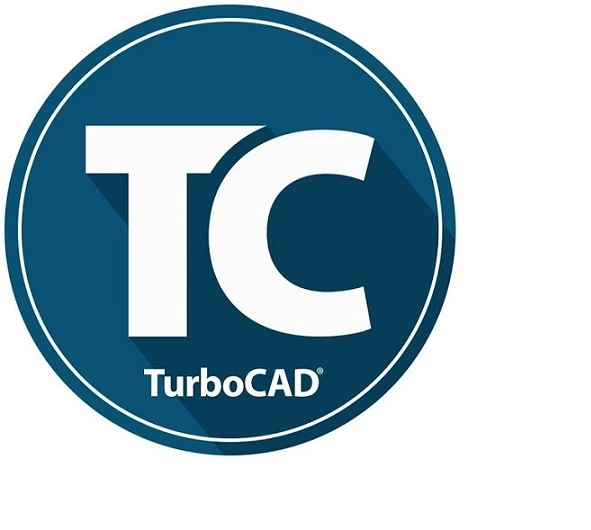
Just as the name implies, this design software is modeled after AutoCAD. Its Overkill tool removes overlapping arcs and lines in a design and cleans up the vector drawing for laser cutting. You can also copy a finished design into a new laser cutting design project. All you need to do is save the finished file as a vector PDF and use the PDF Insert tool to copy the design to the new design.
The Laser Cutting Design Guidelines You Must Never Forget
Making an excellent design for your laser cutting products is one of the most important parts of making the product itself. The design will determine if the part’s production is possible and if it can serve its intended functions. To ensure the design is excellent, there are a few laser cutting design guidelines that you must adhere to. They include:
1. Use software that creates vector files
As mentioned earlier, the only type of files the laser cutters can read are vector files. To prevent transferring your drawings from one software to another, it is advisable to use software that can export vector files. The popular types of vector file formats are .ai, .svg, .eps, .step, and others.
2. Your details can’t be smaller than the metal’s thickness
When estimating measurements for your laser cutting product design details, you should always take note of this laser cutting design guide. If the details on the design are smaller than the metal’s thickness, it will scar the product’s surface and not give the desired finish. This rule applies to all details like holes or grooves.
3. There is a minimum distance between cutting lines
This rule is very important in metal laser cutting (although it also applies to other types). If you do not note the distance between the cutting lines, the laser can melt the material or even cause a fire. However, you should also know that putting too much stress on a detail can cause the material to break. So, you might want to leave a few millimeters off the minimum permissible distance of your material.
4. Do not forget the kerf
The kerf is the small part of the material that burns off when the laser cuts through it. The measurement of the kerf is the width of the laser beam. Not regarding the kerf in your design dimensions could lead to the product falling short of the required dimensions. It is especially important when manufacturing assembly products that have to fit each other. To compensate for the kerf in assembly products, subtract half the kerf’s width from the outer part and add half the width of the kerf to the inner part.
5. Convert your text into anchor points and curves
Laser cutters cannot read text boxes, so you should change any text box in your design to vector values. You can vectorize them by converting them to anchor points and curves. This allows the laser cutter to process the text box properly.
6. Choose the right material
No matter how good the design is, it wouldn’t make any difference if it wasn’t suitable for the intended product. Before choosing a product, answer questions like: “what is the purpose of the product?”, “Will the material withstand a lot of stress in use?”. These questions will help you choose the best type of material.
You could also talk to the manufacturer for professional advice on the best material for the product. At RapidDirect, we have a technical team ready to help you choose the best material for your product.
Getting the right laser cutting design for your product might be a little tricky. However, if you follow these laser cutting rules and use the services of an expert manufacturing company like RapidDirect, your design will turn out just fine.
Materials and Finishes that are Compatible with Laser Cutting
Materials
One of the reasons laser cutting is so popular is its compatibility with a lot of materials. However, all these materials have different properties, which you should take note of when cutting. Examples of materials compatible with laser cutting include:
1. Metals
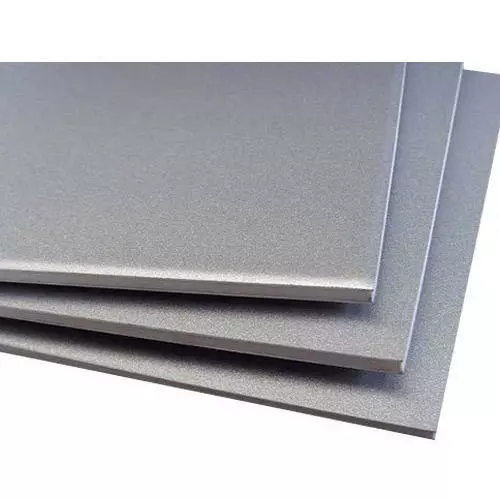
Laser cutters can cut through different materials ranging from copper to stainless steel and non-ferrous metals. Metals like aluminum are difficult to cut. A fiber laser is the best option to use for this kind of metal. The thickness of the metal allowed ranges up to 30mm. However, the thickness of the metal you can use will ultimately depend on the power of the laser beam and the machine operator’s skill. At RapidDirect, we can cut metals ranging up to 30mmm in thickness.
2. Plastics
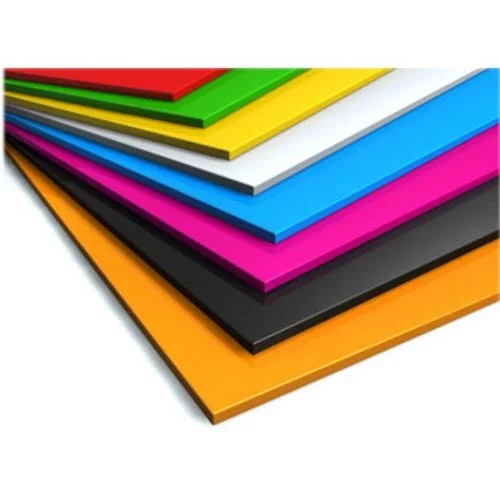
Machinists also use laser cutting on some plastics such as Acrylic, Lucite, POM, and PMMA. These plastics are popular for simulating a polished edge when laser cut. However, there are also a few that it can’t cut. Examples include ABS (leaves too much of a mess), PVC (releases toxic fumes), and polycarbonate (can cause discoloration).
3. Wood
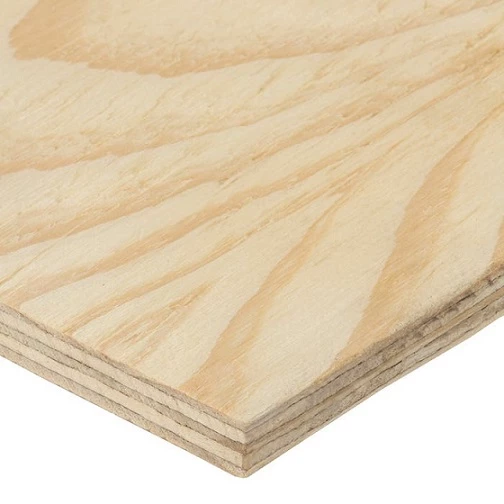
Examples of wood types it can cut include plywood and MDF. However, these wood types tend to catch fire due to the presence of oils and resins.
Examples of other materials laser cutting can cut include glass, paper, and cardboard.
Finishes
Examples of finishes compatible with laser cut materials include:
1. Anodizing
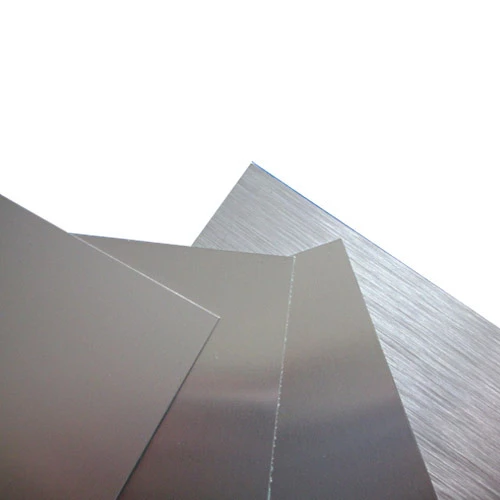
This finish procedure involves adding a protective oxide layer to materials. It improves corrosion resistance, enhancing wear resistance and hardness, and protecting the metal surface. It is suitable for aluminum and titanium only.
2. Bead blasting
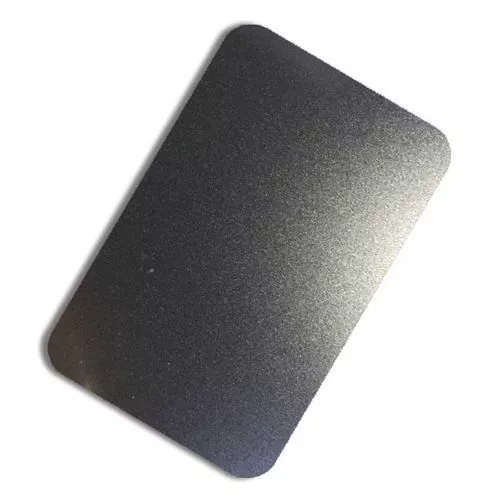
Using bead blasting involves using propelled air to blast abrasive material onto the surface of a material. It makes its surface smooth and gives it a matte texture. It gives the material more aesthetic value. Machinists use it in combination with other surface treatments.
3. Powder Coating
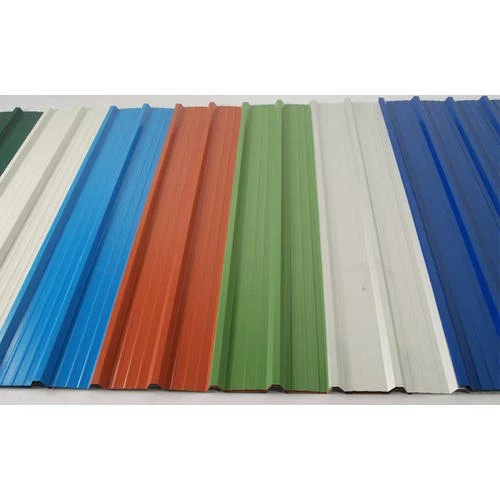
This finish involves using electroplating to apply a free-flowing powder to the surface of the material. It forms a durable, wear-resistant, corrosive-resistant layer on the surface of the material. Machinists also use it to apply color to parts. It has high compatibility with different materials.
4. Electroplating
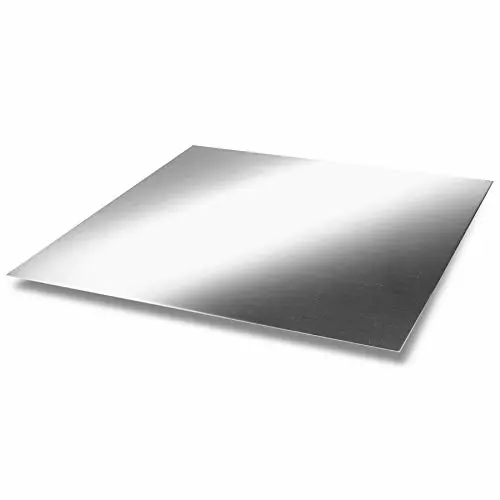
Electroplated finishes involve the use of electric currents to deposit a metal coating on the surface of the material. Machinists use it for functional, decorative, or corrosion-related.
RapidDirect Laser Cutting Services
Do you have a laser cutting project at hand and need a company with excellent machines and a workforce to execute this job perfectly? At RapidDirect, we fit that description perfectly.
With us, you’ll get a combination of cost-effective service with premium client satisfaction. We provide sheet metal services (including laser cutting) for different materials and can produce both low-volume prototypes and high-volume parts. If you submit your design to our website, you can get a quote within 12 hours.
At RapidDirect, we know that an excellent communication system between our clients and us is the secret to getting the parts just right. Therefore, you’ll get all the technical support needed from us during protection. Our sheet metal engineering team has been in the industry for decades, with over 20 years of experience. Hence, besides offering the quality service you desire, we’ll also provide you with technical suggestions for your projects.
Perhaps you’re looking for that one firm that can handle your project from rapid prototyping to custom production; look no more because we are the right firm for you. We are confident you’ll get nothing lesser than excellent service for your massive project.
Conclusion
Laser cutting design is one of the most important parts of a laser cutting project. Getting it right is vital to the success of the whole production process. To achieve this, you can choose to handle the design yourself. However, this will take a long time and increase the duration of production. A better choice is to outsource to a well-experienced company like RapidDirect, which will help you make an excellent design and deliver an outstanding report within weeks. If you still need some help knowing more about laser cutting design guidelines, you can reach out to us.
FAQs
Machinists use laser cutting to make products from different fields ranging from medical to automotive and aircraft. They also use it to make jewelry and cut out stencils. It is a very precise, accurate, and reliable process.
Examples of materials that cannot be laser cut include PVC (emits chlorine when cut), ABS (melts and emits cyanide), HDPE (catches fire and melts), and polycarbonate (it gives rough cuts).


